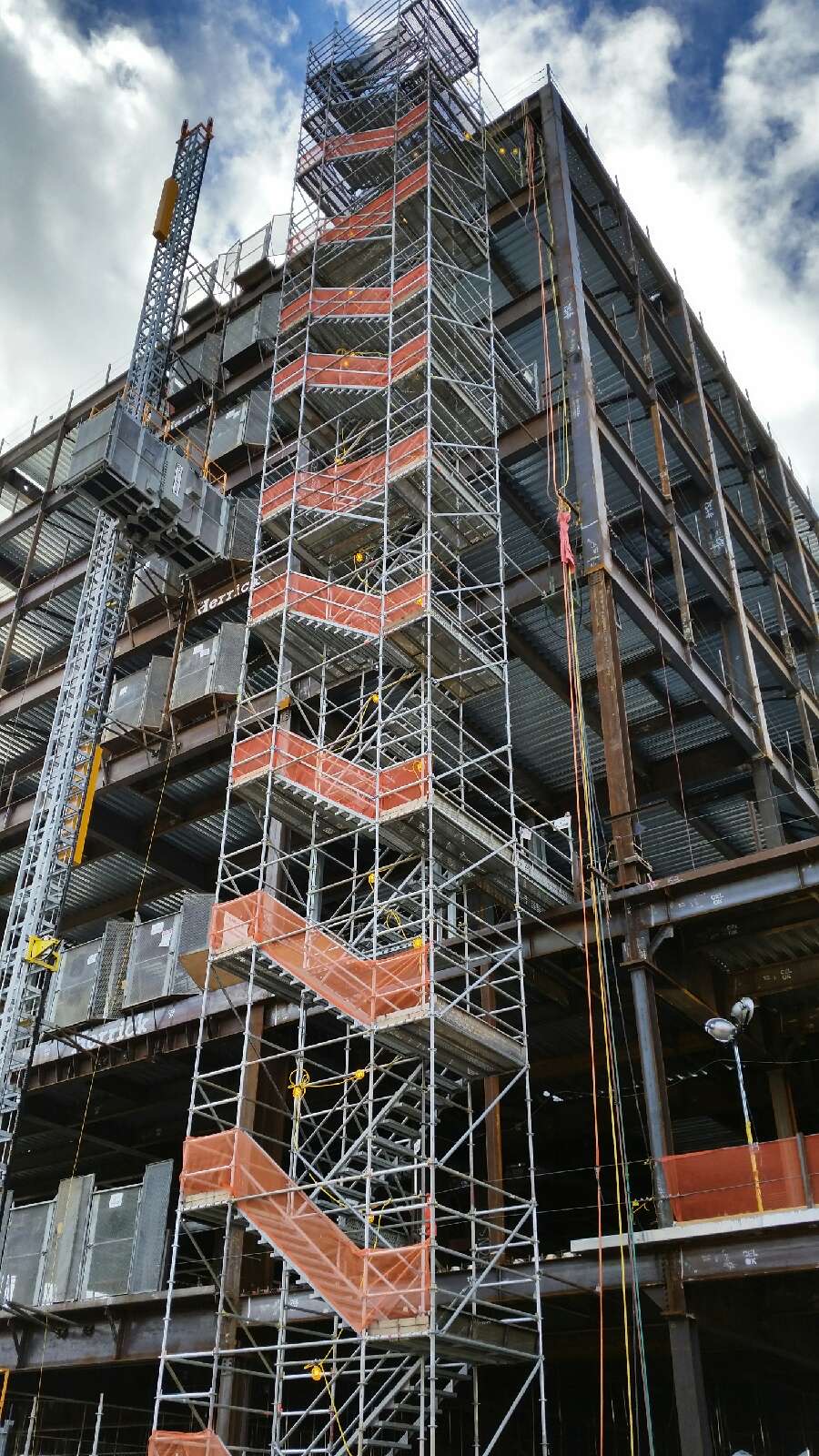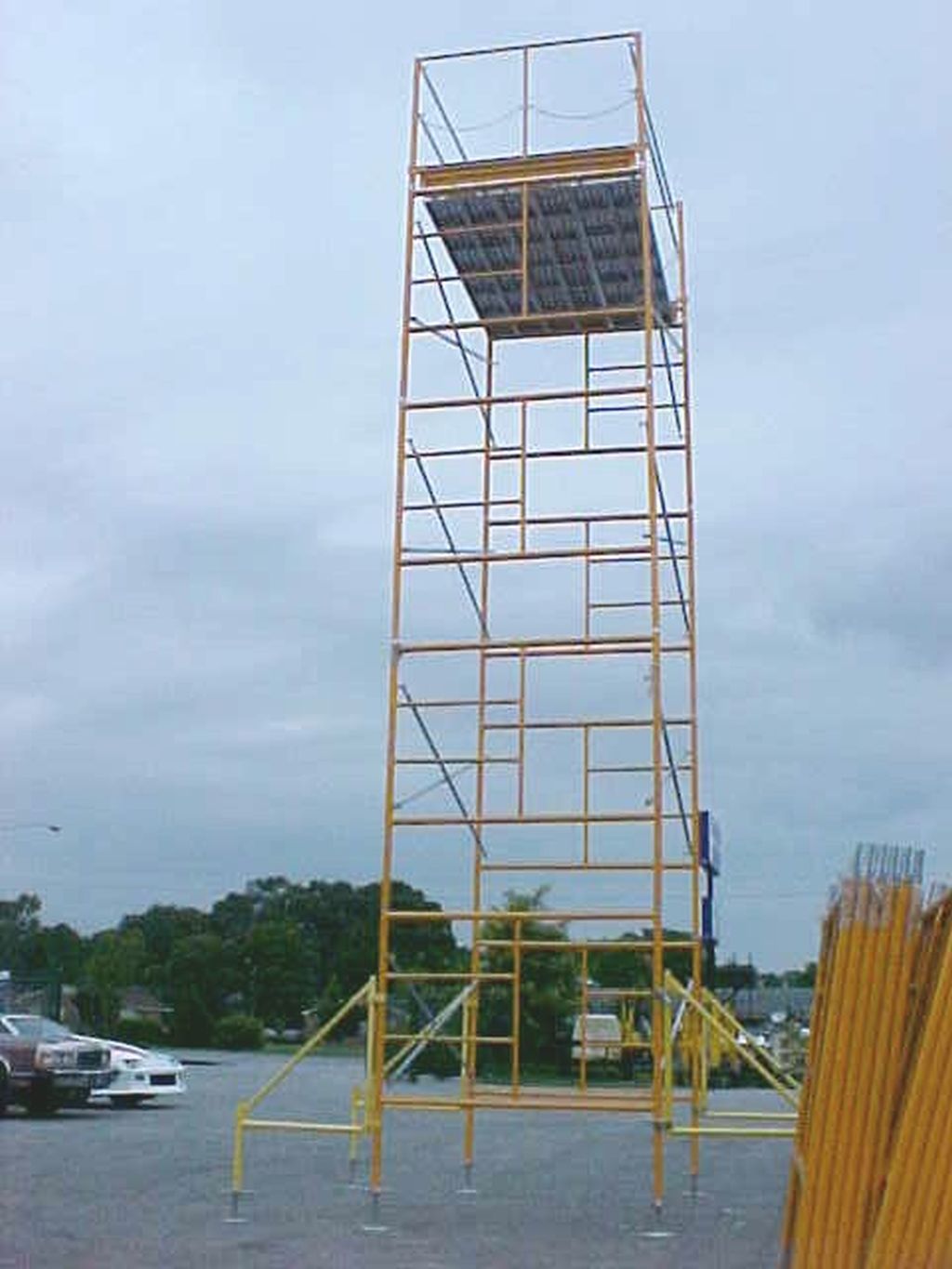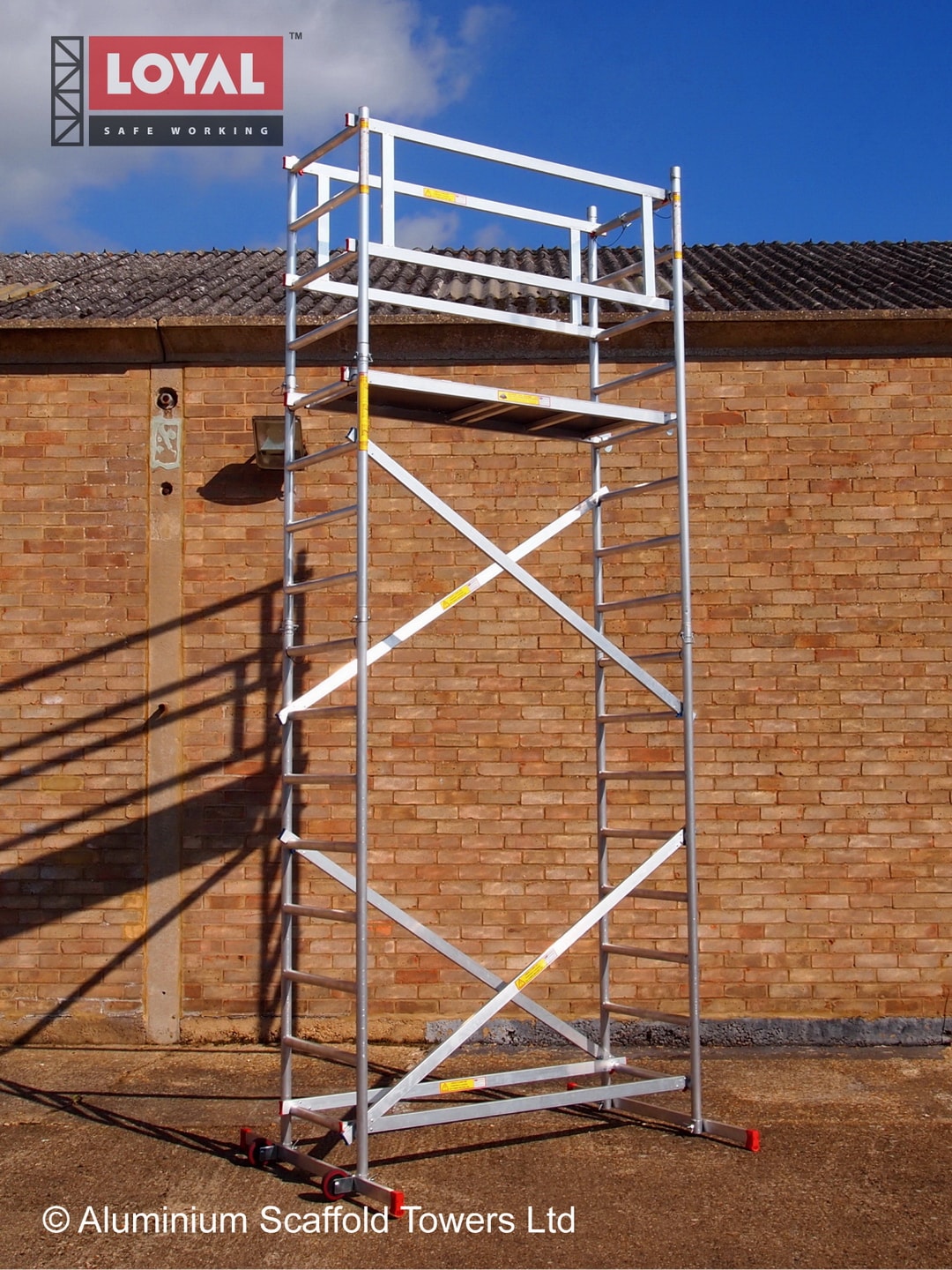The Future of Scaffolding: Trends to Watch
Navigating Scaffolding Laws and Compliance ==========================================
For understanding scaffolding guidelines and compliance, focus on safety procedures and detailed evaluations. Adherence to OSHA standards is vital for a safe building setting. Remain upgraded on compliance needs and state-specific policies to stay clear of fines and delays. Implement safety best techniques like danger identification and clear interaction of procedures. Regular training sessions and skilled inspections are key for maintaining conformity and protecting against crashes. Understanding these elements is important, guiding you towards a well-regulated building site.
Introduction of Scaffolding Rules
Scaffolding regulations play an essential role in ensuring safety and security and compliance at building and construction websites. Routine scaffolding assessments are critical to support these requirements and prevent crashes. Adhering to Occupational Safety and Wellness Management (OSHA) criteria is required to assure a secure workplace for building workers. OSHA has actually set forth details standards for scaffolding, including needs for building and construction, layout, and load-bearing capability.
Scaffolding inspections need to be carried out by qualified employees to analyze the structure's integrity and recognize any potential threats. These examinations should happen before initial usage, complying with any type of modifications or problems, and after any occasions that might impact the scaffolding's stability. Examiners need to ensure that scaffolding components remain in great problem, protected links remain in area, and proper gain access to points are given. By sticking to OSHA criteria and performing comprehensive scaffolding evaluations, building and construction sites can reduce threats and produce a safer setting for workers.
Trick Conformity Needs
Guaranteeing adherence to vital compliance demands is important for maintaining a secure and controlled building and construction environment. Building business must stay updated with regulative updates to guarantee that their scaffolding practices satisfy the essential standards. A conformity list serves as a useful tool in this regard, describing the essential requirements that need to be fulfilled to ensure safety and security and lawful conformity. These checklists usually consist of products such as proper scaffold assembly, normal inspections, appropriate fall defense steps, and staff member training.
Regulative updates are vital as standards and criteria may develop with time to deal with new safety concerns and improve existing methods. By keeping up with these changes, firms can readjust their processes appropriately and maintain ongoing conformity. Routine training sessions for employees on upgraded regulations and ideal methods are likewise important to preserving a society of security and conformity within the company.
State-Specific Guidelines
Staying educated concerning the specific guidelines set forth by specific states is vital for building companies to assure complete compliance with scaffolding standards. State-specific variants in standards can posture considerable compliance obstacles for building firms. Each state may have its own collection of policies concerning scaffolding layout, construction, and evaluation needs. Some states may have stricter regulations contrasted to others, bring about prospective confusion and troubles in guaranteeing adherence to all needed requirements. scaffolding near me
Browsing with these state-specific standards needs a comprehensive understanding of the policies in each jurisdiction where the building and construction projects are taking place. It is crucial for business to remain upgraded on any type of adjustments or updates to the scaffolding regulations in the states they run in. Failing to follow state-specific guidelines can lead to expensive penalties, task delays, and, most importantly, endangered employee security.
To overcome compliance difficulties connected to state-specific variations, building companies need to establish clear interaction channels, provide recurring training to employees, and conduct regular audits to see to it that scaffolding techniques line up with the certain regulations of each state. By proactively resolving state-specific standards, building companies can maintain a high degree of compliance and safety throughout their projects.
Applying Safety Ideal Practices
Executing durable security ideal techniques is critical in the building market to safeguard workers and assurance compliance with laws. Safety and security procedures play an essential function in mitigating risks related to scaffolding work. Prior to starting any scaffold-related tasks, extensive danger identification should be performed to assess possible risks. This includes evaluating the worksite for any kind of existing or prospective risks that could pose a hazard to employees' safety. As soon as threats are identified, proper security treatments should be executed to regulate and lessen threats. This may consist of making use of autumn security equipment, guaranteeing appropriate scaffold assembly, and carrying out regular safety evaluations.
In addition, safety ideal techniques need to include clear communication of safety and security protocols to all workers involved in scaffolding operations. Educating on danger acknowledgment and reduction must be supplied to ensure that employees are outfitted to recognize and resolve safety concerns effectively. By focusing on safety and security treatments and danger identification, building firms can create a safe and secure working setting that follows guidelines and shields the wellness of their workers.
Training and Examination Protocols
Educating protocols play an essential role in ensuring the safety and security and proficiency of workers associated with scaffolding operations. Comprehensive training needs to cover topics such as correct assembly and disassembly of scaffolds, drop protection steps, tons capabilities, and danger acknowledgment. Educating sessions must be performed on a regular basis to strengthen security practices and keep workers updated on any type of regulatory modifications.
Along with durable training procedures, extensive assessment procedures are important for maintaining scaffold security. Examinations must be accomplished by qualified employees who can determine prospective hazards, evaluate the structural integrity of the scaffold, and warranty conformity with governing requirements. Normal inspections prior to preliminary usage, after any kind of adjustments, and at marked periods throughout usage are vital to stop accidents and keep a secure working environment.
Regularly Asked Concerns
Can Scaffolding Be Utilized on Uneven Surfaces or Slopes?
Scaffolding can generally be made use of on unequal surfaces or inclines, but precautions should be taken to guarantee security and safety and security. When managing high inclines, extra precaution such as leveling tools and appropriate anchoring are essential.
Exist Any Certain Regulations for Making Use Of Scaffolding Near Power Lines or Electric Risks?
Security safety measures have to be purely followed when using scaffolding near high-voltage line or electrical hazards. Rules mandate keeping secure ranges, making use of non-conductive products, and making certain employees are educated to acknowledge and avoid electric dangers.
What Sort Of Insurance Coverage Is Advised for Scaffolding Projects?
Insurance protection is necessary for scaffolding projects to alleviate risks. Considerable obligation insurance policy, workers' compensation, and home insurance are recommended. Safety preventative measures, training programs, and normal assessments can help minimize accidents and warranty conformity with guidelines.

Just How Typically Should Scaffolding Be Evaluated for Deterioration?
Routine evaluations of scaffolding for deterioration are necessary for ensuring security on building sites. Following recommended standards, such as carrying out examinations before each use and after any incidents or weather condition events, aids alleviate dangers and stop accidents.

Are There Any type of Restrictions on the Height or Load Capability of Scaffolding Structures?
When thinking about the height or tons capability of scaffolding frameworks, it is necessary to prioritize precaution and guarantee structural stability. Following laws and standards helps maintain a safe workplace and prevents potential crashes.

Verdict
To summarize, recognizing scaffolding guidelines and conformity is vital for ensuring safety and security on construction sites.
By comprehending the key conformity requirements, adhering to state-specific guidelines, carrying out security best techniques, and adhering to training and inspection methods, companies can minimize risks and protect against mishaps.
It is necessary for all stakeholders associated with building projects to prioritize conformity with scaffolding policies to create a secure working environment for employees and protect against prospective threats.